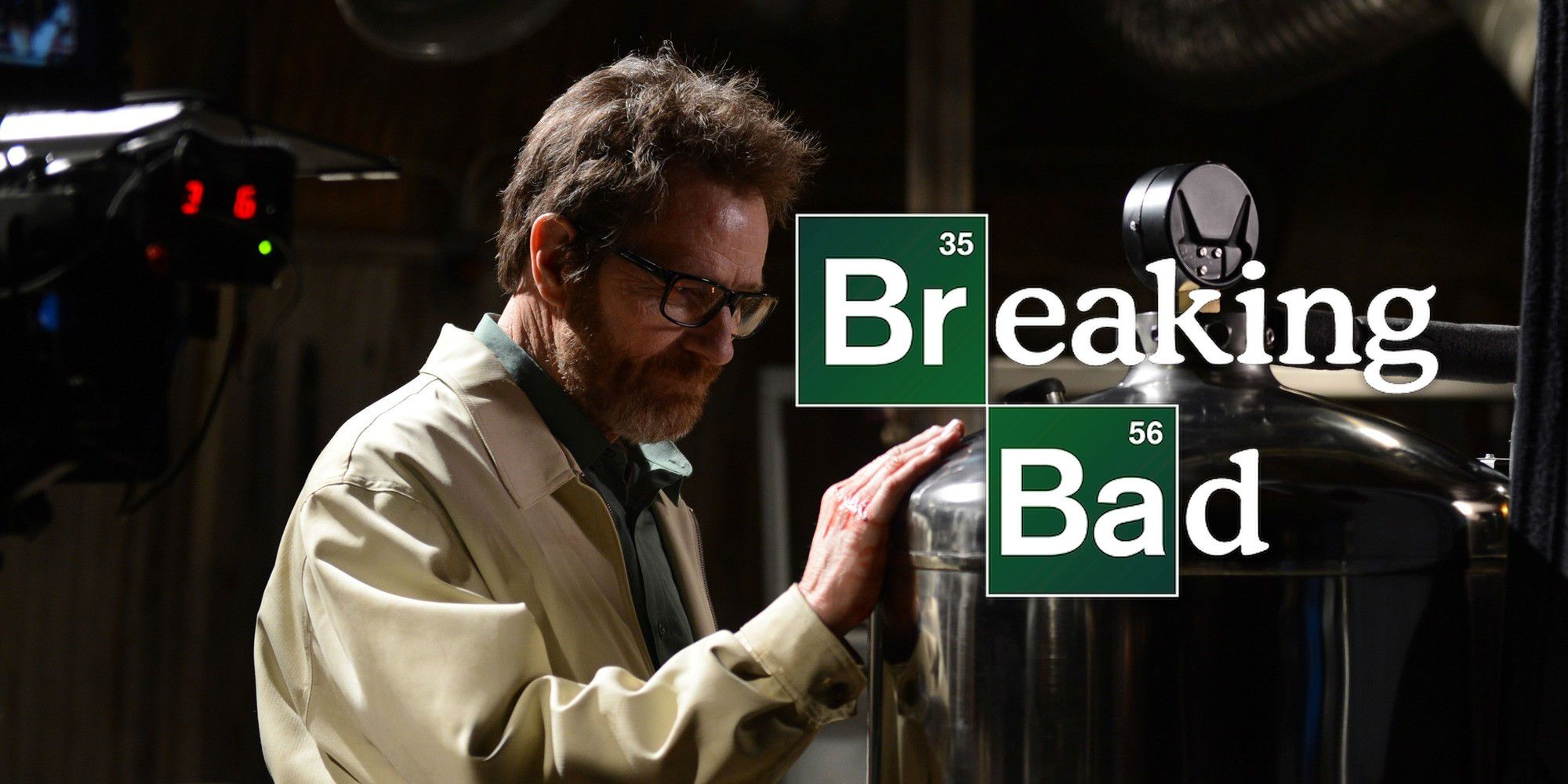The title of Breaking Bad's final episode might just have a deeper layer of meaning. Renowned for its excellent use of foreshadowing and the hidden references littered throughout every detail of the show, Breaking Bad has earned a reputation for offering one of most richly rewarding television experiences in recent memory. Even more surprising given the huge level of expectation placed upon it, Breaking Bad's series finale was roundly praised by fans and critics, avoiding the pitfalls so many popular shows have fallen into with their final episodes.
"Felina" sees a dying Walter White return to Albuquerque after his period of exile to make amends for his actions. Walt ensures his drug profits will legitimately find their way to his family, says a final goodbye to Skyler, Walt Jr. and Holly, takes down the Neo-Nazis who did him wrong and frees Jesse Pinkman from captivity, leaving his former partner to escape in an El Camino. Having tied up all loose ends, Walt finally succumbs to his cancer in a midst of a meth lab, reminiscing about his time as America's top kingpin.
On a surface level, the title "Felina" may seem to have been plucked out of thin air, but the word actually holds three separate layers of relevance to Breaking Bad's final episode. Firstly, Faleena is the name of a woman in the song "El Paso" by Marty Robbins. This tune features twice in the episode: once in Walt's car and then again while Walt is preparing his machine gun. The lyrics tell of a cowboy who dies in his lover's arms - a neat allegory for Walt dying in the midst of a meth lab.
But then, why is the episode called "Felina" instead of "Faleena?" Fans didn't take long to figure out that the word is an anagram of "finale," a clever and intentional choice by Vince Gilligan and Breaking Bad's creative team. The true genius in the title, however, can only be found via the use of a periodic table of elements. Translating from chemical symbols, "Fe" is Iron, "Li" is Lithium and "Na" is Sodium. Many have pointed out that iron is present in blood, lithium is present in meth and sodium or salt is present in tears, hence the title translates as "Blood, Meth and Tears." In the words of Jesse Pinkman, "science, bitch!"
Some Breaking Bad followers have debated this interpretation, specifically the connection between lithium and meth. Certainly, lithium is not a common ingredient in the creation of methamphetamine and is also not used in Walter White's cooking method. However, there are several different recipes that do include lithium in their composition, which won't be detailed here for obvious reasons. Assuming this was all by Gilligan's design, lithium was perhaps the only element that had some relevance to meth that could be worked into a word that was an anagram of "finale" and could also be found in song lyrics. The counter-argument, of course, is that this theory is simply the result of looking too deeply into an episode title and finding meanings that aren't there.
Whether or not Gilligan intended "Felina" to represent "Blood, Meth and Tears" is perhaps a question that only Breaking Bad's inner circle know the answer to. But the fact that fans are still debating this theory, and genuinely believe that the show is capable of such detailed layers of meaning, speaks volumes about Breaking Bad's impact and legacy.
El Camino: A Breaking Bad Movie premieres October 11th on Netflix.


